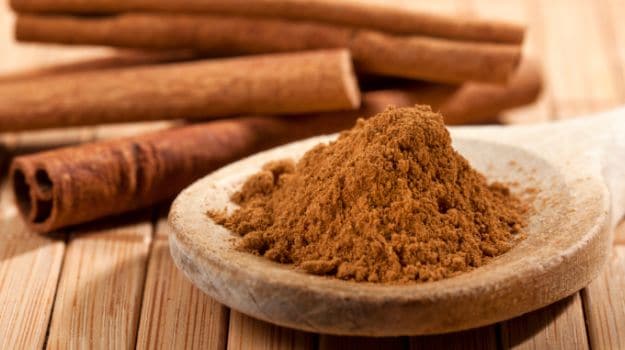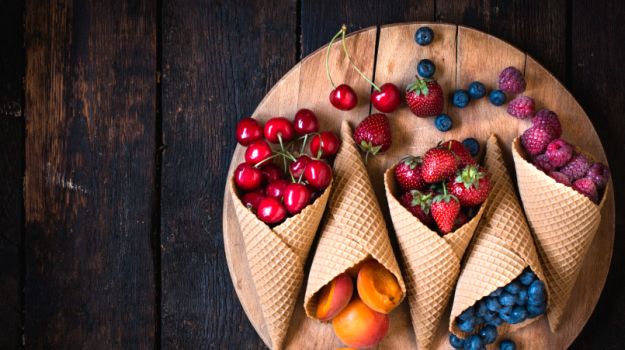 Is your kid finding it difficult to memorize lessons at school? Worry not, a new study suggests that adding a pinch of cinnamon to milk or their morning meal may help improve their learning ability,
Is your kid finding it difficult to memorize lessons at school? Worry not, a new study suggests that adding a pinch of cinnamon to milk or their morning meal may help improve their learning ability,
The study led by an Indian-origin researcher and based on a mice-model shows that consumption of cinnamon on a regular basis improved memory and learning at a level found in good learning mice. “This would be one of the safest and the easiest approaches to convert poor learners to good learners,” said lead researcher Kalipada Pahan, professor at Rush University in Chicago, US.Some people are born a good learning ability while some become good learners by effort, and some find it hard to learn new tasks even with effort. “Understanding brain mechanisms that lead to poor learning is important to developing effective strategies to improve memory and learning ability,” Pahan added.
However, the study did not find any significant improvement among good learners from cinnamon. “Individual difference in learning and educational performance is a global issue,” Pahan said adding, “we need to further test this approach in poor learners. If these results are replicated in poor learning students, it would be a remarkable advance.”

The key to gaining that understanding lies in the hippocampus, a small part in the brain that generates, organises and stores memory, the researchers said in the work published online in the Journal of Neuroimmune Pharmacology. Further, the hippocampus of poor learners showed less CREB — a protein involved in memory and learning — and more GABRA5 — a protein that generates tonic inhibitory conductance in the brain — than good learners.
The mice in the study were fed ground cinnamon, which their bodies metabolised into sodium benzoate — a chemical used as a drug treatment for brain damage. When this sodium benzoate entered their brains, it showed an increased in the levels CREB and decrease in GABRA5 levels. This, then stimulated the plasticity — the ability to change — of hippocampal neurons.
These changes in turn led to improved memory and learning among the mice, the researchers said. “We have successfully used cinnamon to reverse biochemical, cellular and anatomical changes that occur in the brains of mice with poor learning,” Pahan added.










